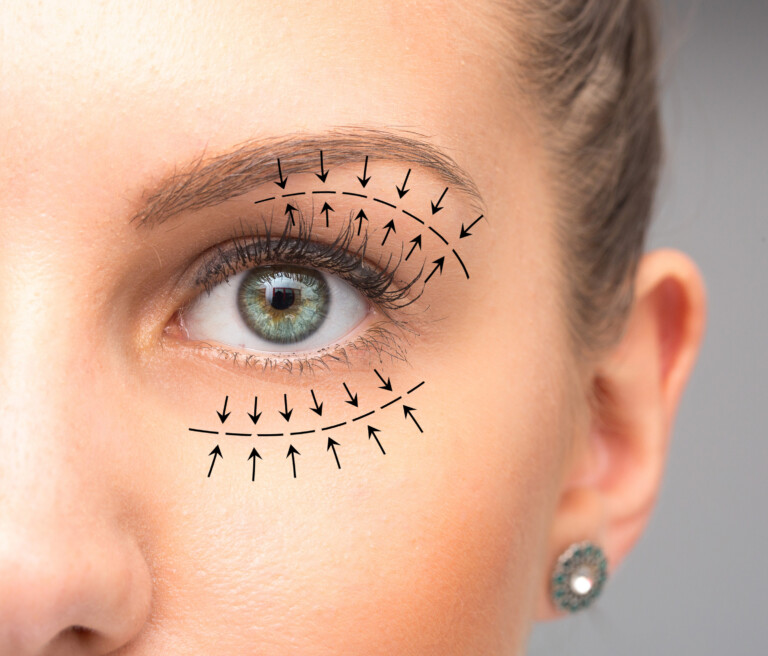PLX Academy · News · 01 June 2022

Droopy Eyelids: Oculoplastic Surgeons have a solution for you
One of the most common issues that oculoplastic surgeons come across is ptosis or more commonly known as hooded eyelids. Fortunately, this condition can be treated to improve vision as well as appearance.
When you see the words “plastic surgery,” your first thought probably does not involve the eyes. However, an oculoplastic procedure is a type of plastic surgery done around the eyes. You may have this intervention to correct a medical problem or for cosmetic reasons. Тhe global oculoplastic surgery market is expected to reach USD 11,047.2 million by 2026.
Oculoplastic surgery describes surgical procedures carried out in and around the eye including the eyelid, under-eye area, and tear duct. It is also referred to by some as “plastic eye surgery”. Blepharoplasty refers to the removal of excess skin around the eyes, while ptosis refers to the uplifting of hooded eyelids. These two types of procedures can often be combined.
Traditionally, many procedures were performed for cosmetic or reconstructive reasons, but over time the role of the oculoplastic surgeon has expanded. Now there are effective interventions for serious eyelid issues such as skin cancer, trauma or disease, as well as other issues that affect the quality of life of a person, such as watery eyes, droopy eyelids and facial rejuvenation.
One of the most common issues that oculoplastic surgeons come across is ptosis, more commonly known as droopy eyelids. It is when you look in the mirror and you can see sleepy-looking eyes or your upper eyelids sag a little or cover your pupil. Overtime or due to risk factors like eye rubbing, the position of the eyelid lowers, causing feelings of heaviness and fatigue, as well as a more tired appearance.
Ptosis can affect people of any age, whether it is present from birth (congenital) or occurs later in life (acquired). While the condition tends to present itself most frequently in people 50 years of age and over, those who experience the initial stages earlier in life can expect their eyelid to drop. Fortunately, this condition can be treated to improve vision as well as appearance.
Typically, treatment for this condition would involve surgical repositioning of the eyelid. But for milder cases, where “drooping” is 2-3 mm, a new, minimally invasive technique can be used.
It is a great option for younger patients who do not need skin removal or who suffer from a milder case of ptosis from associated factors such as eye rubbing or wearing contact lenses (a risk factor due to stretching of the eyelid).
This means recovery is generally within five days, there are no incisions, bruising and swelling are kept to a minimum and there are no sutures to remove. All that is left behind is an internal dissolving stitch that will go away on its own.
In other words, it means you can get back to life quicker.
Eye bags can be removed with lower lid blepharoplasty. This move towards less invasive surgery has also been adopted in other procedures, such as lower lid blepharoplasty, where eye bags are surgically removed to help rejuvenate tired eyes and restore a full field of vision for those who find that the excess skin is obstructing their peripheral vision.
Previously, surgical options had to be balanced against the risk of scarring or other complications. Fortunately, now there are newer, minimally-invasive techniques that can make surgery more accessible and safe, and create less comorbidity.
